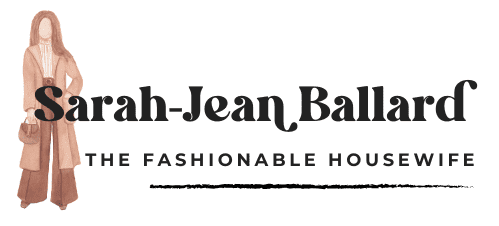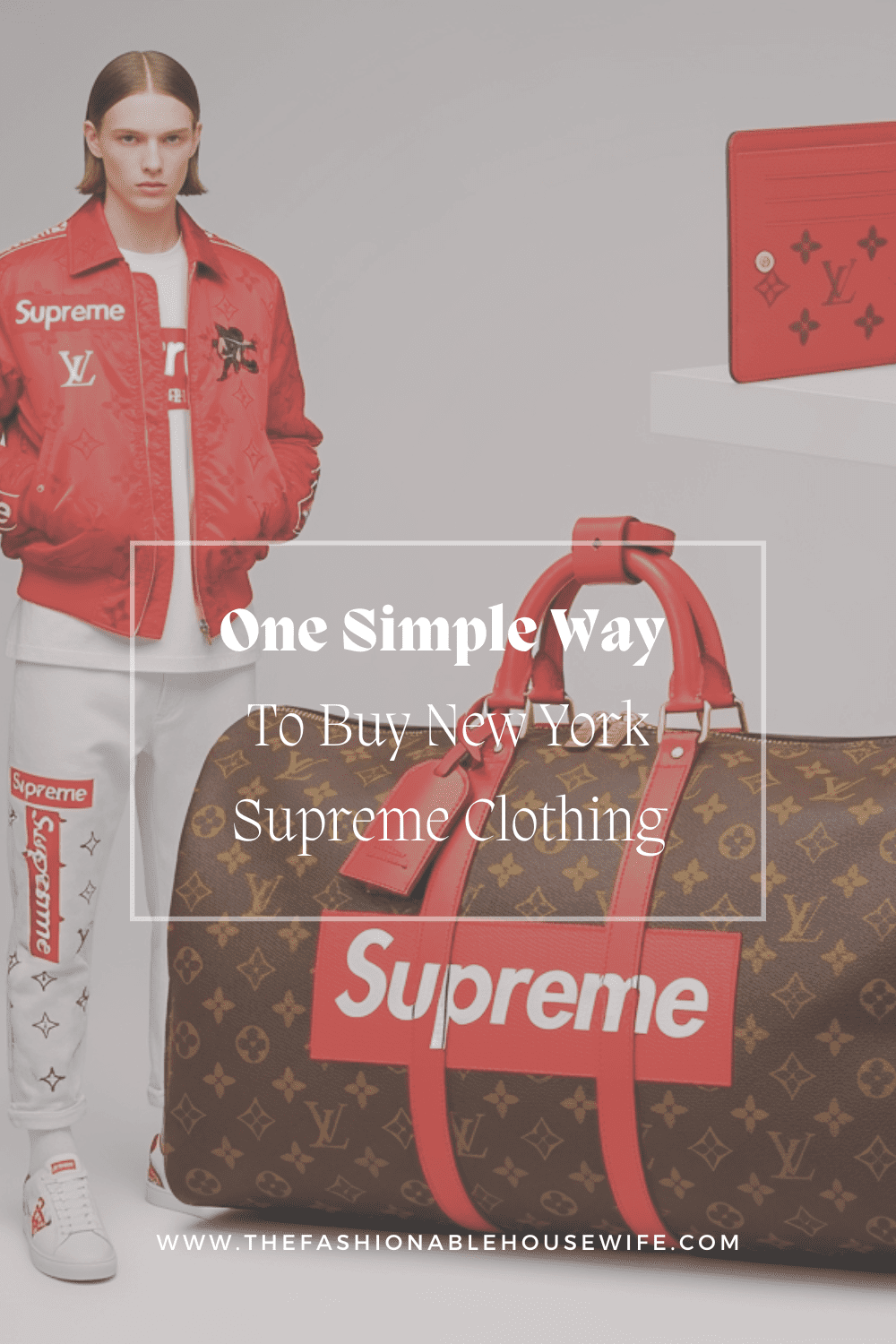One Simple Way to Buy New York Supreme Clothing
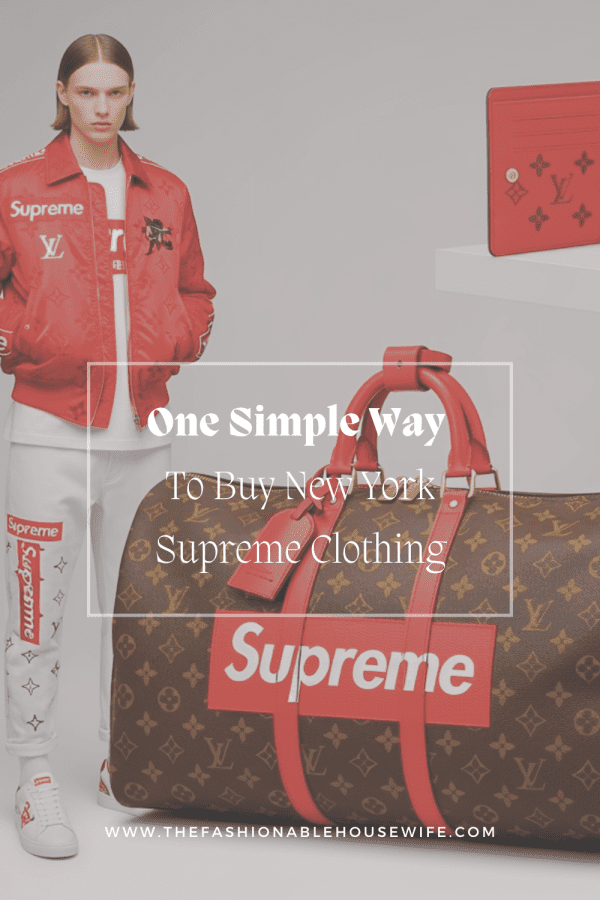
From Skate Shop to Global Icon
The Origins of Supreme
Getting your hands on New York Supreme clothing often feels like a challenge. The brand, born in the busy streets of New York City, has grown into a global cultural phenomenon. Its limited-edition releases and unique approach to the market have created immense demand.
For years, fans have steered the complex world of weekly “drops” and instant sell-outs. This system relies on scarcity marketing, where limited supply drives high desirability. It makes buying Supreme both exciting and frustrating.
But what if there was a straightforward path to acquiring these sought-after pieces? In this guide, we will cut through the noise and reveal the primary method for buying Supreme directly. We’ll delve into the brand’s history, its iconic status, and the unique release model that distinguishes it. We’ll also provide a clear, step-by-step approach to steer the official weekly drops.

Understanding Supreme’s roots and its impact on the New York Supreme clothing scene is key. We aim to simplify the process, making it accessible for anyone looking to add authentic Supreme items to their wardrobe. Get ready to learn the one simple way to secure your next piece of Supreme.
Supreme’s journey began in April 1994, when James Jebbia opened its first store on Lafayette Street in Lower Manhattan. Jebbia, a British-American businessman with a background in retail, including working with Stüssy, envisioned a space that truly catered to the burgeoning skateboarding culture of New York City. Unlike traditional retail environments, the Lafayette Street store was designed with skaters in mind. Clothes were displayed around the perimeter, leaving a large open space in the middle for skaters to actually skate through, boards in hand. This unconventional layout fostered a welcoming, authentic atmosphere, making the store a genuine hub for the skate community.
This authentic connection to the streets and the skate scene was paramount. Supreme quickly became more than just a clothing store; it was a clubhouse, a hangout spot, and a cultural touchstone for a generation immersed in skateboarding and hip-hop fashion. Its early employees included actual skaters and figures from the New York youth scene, some of whom even appeared as extras in the iconic 1995 film “Kids.” This organic integration cemented Supreme’s credibility and laid the groundwork for its reputation as a brand deeply rooted in New York City’s vibrant counter-culture.
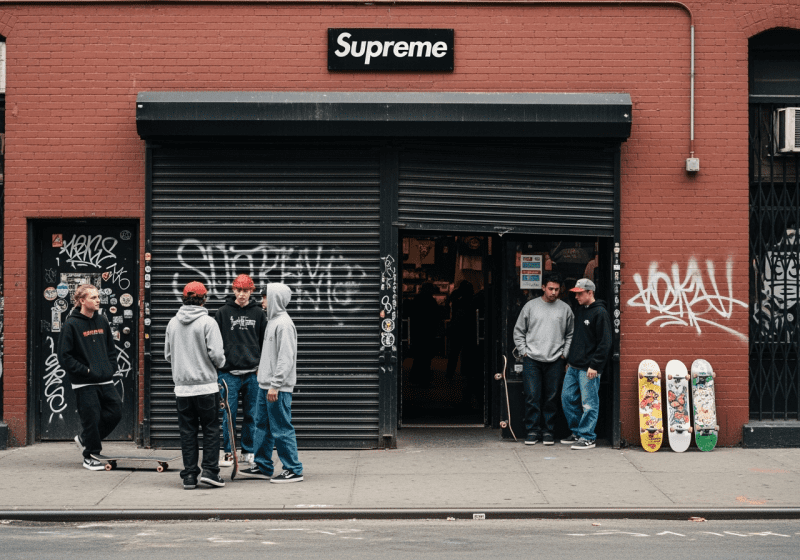
Understanding the Appeal of New York Supreme Clothing
The enduring appeal of New York Supreme clothing lies in its unwavering commitment to authenticity and its acceptance of counter-culture. From its inception, Supreme didn’t chase trends; it set them. The brand cultivated an image of exclusivity not through high prices (initially, at least), but through limited production runs and a genuine connection to the underground scenes of skateboarding, punk, and hip-hop. This approach created a sense of belonging for those “in the know,” fostering a loyal community that valued the brand’s genuine street credibility.
Art and music have always been integral to Supreme’s identity. The brand seamlessly integrated influences from various subcultures, collaborating with artists and musicians who resonated with its core ethos. Its very first artist collaboration in 1994 was with Rammellzee, an influential graffiti artist, sculptor, and hip-hop musician known for his unique, avant-garde style. This early partnership signaled Supreme’s intention to transcend mere apparel and position itself as a platform for artistic expression, further solidifying its countercultural appeal and unique market position.
The Key Figure: James Jebbia
At the heart of Supreme’s success is its enigmatic founder, James Jebbia. Unlike many fashion moguls, Jebbia has largely shied away from the spotlight, preferring to let the brand speak for itself. His vision for Supreme was remarkably simple yet profoundly effective: to create high-quality clothing and accessories that appealed to skaters and artists, without compromising on integrity or authenticity. His philosophy centered on making “good things” that people genuinely wanted, rather than mass-producing items for everyone.
Jebbia’s keen understanding of retail and brand building, honed during his time with Stüssy, enabled him to curate Supreme’s image and carefully control its growth. He understood the power of scarcity and the importance of maintaining a genuine connection to the brand’s roots. This meticulous approach, combined with Supreme’s undeniable cultural impact, eventually earned Jebbia and Supreme mainstream recognition. In 2018, Supreme was awarded the prestigious Council of Fashion Designers of America’s (CFDA) Menswear Designer of the Year Award, a testament to its profound influence on the broader fashion landscape, as it bridges the gap between underground streetwear and high fashion.
Decoding the Hype: The Elements of Supreme’s Cult Status
Supreme’s meteoric rise from a niche skate shop to a global streetwear powerhouse is largely attributable to its ingenious business model, centered on a limited-release strategy often referred to as “drops.” This system, characterized by the release of new, highly limited collections on a weekly basis, creates an artificial scarcity that fuels immense brand desirability and maintains its coveted ‘cult’ status. Each Thursday, Supreme releases new items online and in its few physical stores, leading to frenzied online traffic and long queues outside its flagship locations. The immediate sell-out of most items within seconds or minutes is not a bug; it’s a feature. This deliberate scarcity ensures that demand consistently outstrips supply, changing each release into a high-stakes event.
The psychological effect of this model is profound. It taps into consumers’ desire for exclusivity and the thrill of the chase. Owning a Supreme item becomes a badge of honor, a symbol of having successfully steered the competitive landscape of the drop. This constant cycle of anticipation, release, and instant sell-out keeps the brand perpetually in the cultural conversation, generating organic hype that money can’t buy. It’s a masterclass in scarcity marketing, turning clothing releases into cultural moments.
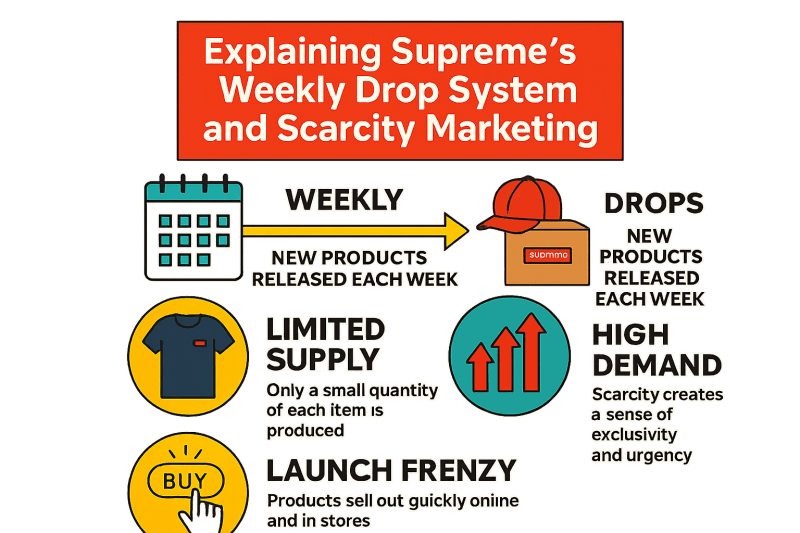
The Significance of the Box Logo
Perhaps no single element embodies Supreme’s brand identity and appeal more than its iconic red box logo. Simple yet instantly recognizable, the logo features the brand name “Supreme” in white Futura Heavy Oblique font, set against a vibrant red rectangle. This design was famously inspired by the works of conceptual artist Barbara Kruger, known for her bold, white-on-red text collages that often appropriate advertising imagery. While Supreme has never officially acknowledged Kruger as the direct inspiration, the visual parallels are undeniable, and Kruger herself has commented on the brand’s appropriation, albeit with a wry sense of humor.
The box logo quickly transcended its origins to become a powerful symbol of street credibility, exclusivity, and cultural cachet. It’s more than just a brand identifier; it’s a status symbol that communicates an understanding of contemporary street culture. Its ubiquity, particularly on T-shirts and hoodies, has made it one of the most recognizable logos in modern fashion. Over the years, Supreme has released numerous variations of the box logo, incorporating various colors, patterns, and collaborations, with each iteration becoming a highly sought-after collectible that further solidifies its legendary status.
Iconic Collaborations That Defined an Era
A cornerstone of Supreme’s strategy and a major contributor to its global recognition has been its relentless pursuit of groundbreaking collaborations. These partnerships, ranging from streetwear giants to high-fashion houses and even unexpected household brands, have consistently pushed boundaries and generated immense buzz.
Supreme’s long-standing relationship with Nike and its Jordan brand has yielded some of the most coveted sneakers and apparel in streetwear history. These collaborations often reimagine classic silhouettes with Supreme’s distinct aesthetic, instantly becoming collector’s items. Similarly, its work with The North Face has produced highly functional yet stylish outerwear, blending outdoor utility with street appeal, perfect for the urban environment.
However, it was the 2017 collaboration with French luxury powerhouse Louis Vuitton that truly sent shockwaves through the fashion world. This unprecedented crossover, featuring Supreme’s logo emblazoned on Louis Vuitton’s iconic monogrammed leather goods and apparel, blurred the lines between streetwear and high fashion in an unparalleled way. It legitimized streetwear in the eyes of the luxury industry and demonstrated Supreme’s immense cultural influence.
Beyond these titans, Supreme has collaborated with a dizzying array of entities, including:
- Artists: Beyond Rammellzee, Supreme has collaborated with a pantheon of artists, including Takashi Murakami (whose COVID-19 relief box logo tee raised over $1 million), KAWS, George Condo, and Cindy Sherman, often integrating their art directly onto apparel and skate decks.
- Other Fashion Brands: Partnerships with Comme des Garçons, Yohji Yamamoto, and Burberry have further solidified its position at the intersection of street and high fashion.
- Unexpected Brands: Supreme has a penchant for quirky, unconventional collaborations that generate viral attention. This includes items like the Supreme x Nabisco “double stuf” Oreo cookie (which famously resold for outrageous sums), Pat McGrath Labs lipstick, Fender guitars, and even Meissen porcelain figurines. These diverse collaborations underscore Supreme’s ability to inject its brand identity into virtually any product, maintaining its playful yet serious approach to cultural relevance.
These iconic collaborations have not only expanded Supreme’s product offerings but have also played a crucial role in defining eras of fashion, consistently pushing the boundaries of what a streetwear brand can achieve.
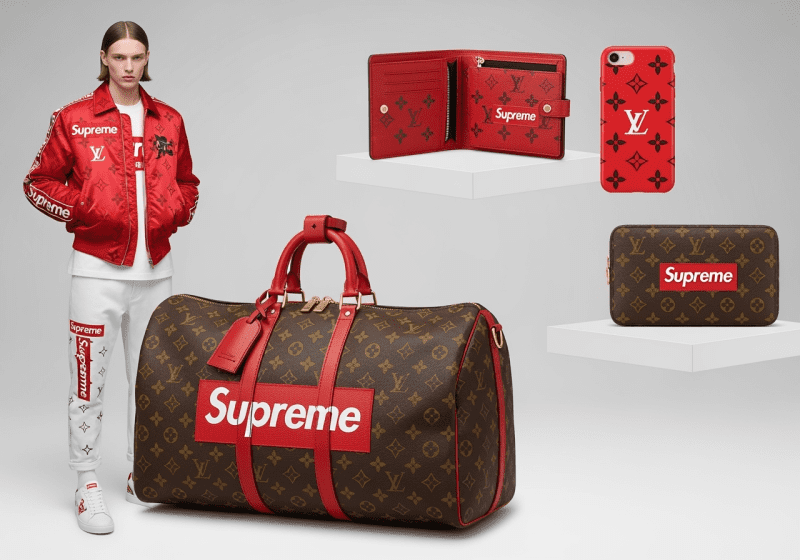
Navigating the Drop: The Simple Way to Buy New York Supreme Clothing
For those looking to acquire authentic Supreme clothing, the “simple way” is to go directly to the source: the official Supreme website, supreme.com. While the process demands speed and preparation, it is the most reliable and direct method to purchase items at their retail price. Supreme operates on a strict weekly drop schedule. In the United States, new items typically release on Thursdays at 11 AM EST/EDT. Europe and Japan have their own specific drop times, so it’s crucial to check the schedule for your region.
The online shop is where the vast majority of Supreme’s weekly releases occur. Items appear at the designated drop time and, due to extreme demand and limited quantities, often sell out within seconds. This requires a strategic approach and quick reflexes. While the concept of a “sold-out” item immediately after release can be frustrating, it’s an inherent part of the Supreme experience. To maximize your chances, some dedicated fans use third-party restock monitors or community apps that alert users if a sold-out item unexpectedly becomes available again. However, success with these is never guaranteed.
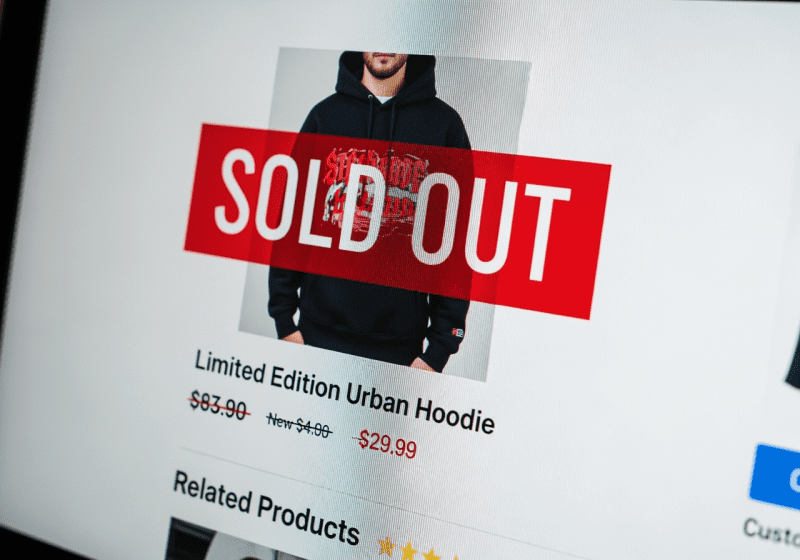
Step-by-Step Guide to the Online Drop
Successfully navigating a Supreme online drop requires meticulous preparation and quick execution. Here’s a step-by-step guide to improve your chances:
- Account Setup: Before drop day, ensure you have an account on supreme.com and are logged in. This saves precious seconds.
- Payment Information: Crucially, save your payment information (credit card details or PayPal) to your account or use an autofill browser extension. The checkout process is incredibly fast, and manually entering details will almost certainly lead to failure.
- Drop Time Awareness: Be on the Supreme website several minutes before the 11 AM EST/EDT drop time (or your regional equivalent). Refresh the “Shop” page precisely at the drop time.
- Quick Selection: Know exactly what you want to buy beforehand. As soon as the new items appear, click on your desired product, select your size (if applicable), and quickly add it to your cart.
- Rapid Checkout: Proceed to checkout immediately. The race is against the clock and thousands of other hopeful buyers. Confirm your shipping and payment details, and complete the purchase as fast as possible.
- Using the Mobile App: Supreme also has a mobile app, which some users find more efficient for drops due to its streamlined interface. Ensure it’s updated and you’re logged in with saved payment information.
Even with perfect preparation, success is not guaranteed due to the sheer volume of demand. However, following these steps significantly increases your odds.
Key Items in New York Supreme Clothing Collections
Supreme’s collections span a wide array of apparel and accessories, though certain items consistently remain the most sought-after.
- Box Logo T-Shirts and Hoodies: These are arguably the brand’s most iconic and desirable items. Featuring the classic red box logo, they are released sparingly, often for special occasions or collaborations, and command high resale values.
- Graphic T-Shirts: Supreme is renowned for its diverse range of graphic tees, often featuring original artwork, collaborations with artists, or politically charged designs. These are a staple of every weekly drop.
- Outerwear: Collaborations with brands like The North Face, alongside Supreme’s own jackets and coats, are highly sought after, known for their exceptional quality and distinctive designs.
- Accessories: This category is where Supreme often showcases its playful and unconventional side. From skate decks (a nod to its roots) to keychains, bags, and even novelty items like the Supreme x Oreo cookie or a brick, these accessories often generate the most buzz and become instant collectibles.
- Photo Tees: These T-shirts feature images of iconic figures, including celebrities, musicians, and legendary artists, often wearing Supreme. They are another highly anticipated release each season.
The appeal of these items lies not just in their design but in the narrative and exclusivity Supreme has carefully built around them.
Supreme’s Enduring Influence on Fashion and Culture
Supreme’s impact on the fashion and cultural landscape is undeniable. It single-handedly lifted streetwear from a niche subculture to a dominant force in global fashion, inspiring countless brands and fundamentally altering the industry’s approach to marketing and consumer engagement. Its success demonstrated that authenticity, scarcity, and a strong community connection could command unprecedented loyalty and demand, even from a relatively small product catalog.
The brand played a pivotal role in blurring the lines between high fashion and street style, culminating in its groundbreaking collaboration with Louis Vuitton. This crossover paved the way for other luxury brands to accept streetwear aesthetics and collaborate with urban artists and designers. The phenomenon of the “drop” system, perfected by Supreme, has been widely adopted across various industries, from sneakers to electronics, as a powerful tool for generating hype and driving sales.
Supreme also catalyzed the explosive growth of the resale market. With items consistently selling out and commanding astronomical prices on platforms like StockX and GOAT, Supreme created a new economy around limited-edition goods. The secondary market further amplified its desirability, making Supreme items a form of alternative investment for some.
The brand’s commercial success eventually led to significant acquisitions. In 2020, Supreme was acquired by VF Corporation, a global apparel and footwear company that owns brands like Vans, The North Face, and Timberland, in a deal valued at $2.1 billion. This acquisition marked a major milestone, bringing the once-independent streetwear icon under the umbrella of a corporate giant. More recently, in July 2024, Supreme was sold to EssilorLuxottica for $1.5 billion, further solidifying its position within a luxury eyewear conglomerate. Despite these corporate shifts, Supreme continues to maintain its unique identity, proving its enduring influence and shaping the New York Supreme clothing scene and beyond for decades to come.
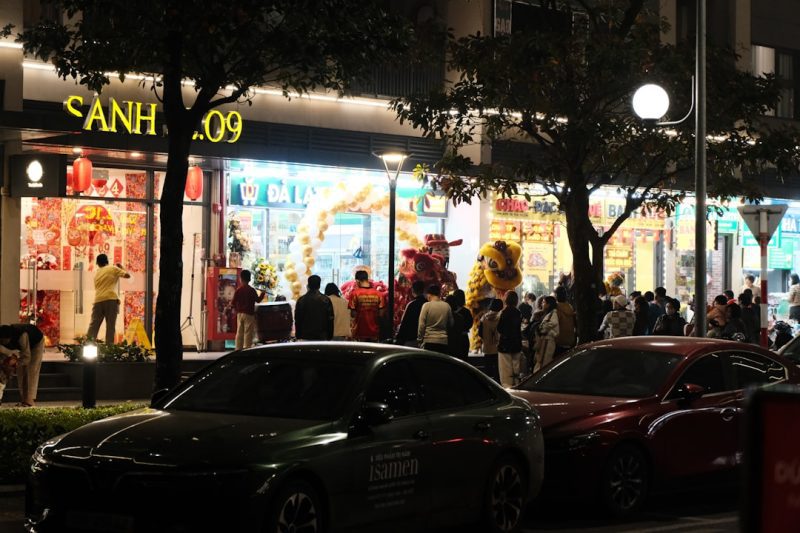
Frequently Asked Questions about Buying Supreme
Why is Supreme clothing so expensive and hard to get?
Supreme clothing is expensive and hard to get, primarily due to its business model of extreme scarcity and high demand. The brand intentionally produces very limited quantities of each item, creating artificial scarcity. This, combined with its global popularity, strong brand identity, and frequent collaborations with high-profile artists and brands, significantly drives up demand. The high resale value on secondary markets also contributes to the perception and reality of its exclusivity and cost. Its “cult” status means many are willing to pay a premium for its unique appeal.
What time are the weekly Supreme drops?
The weekly Supreme drops typically occur on Thursdays. The specific time varies by region:
- United States: 11 AM EST/EDT
- Europe: 11 AM GMT (UK), 12 PM CET (Central Europe)
- Japan: 11 AM JST
It’s always advisable to double-check the official Supreme website or reliable fan communities for any last-minute changes to the schedule.
How can I tell if my Supreme clothing is authentic?
Authenticating Supreme clothing requires attention to detail, as counterfeits are prevalent. Key indicators include:
- Stitching Quality: Authentic Supreme items have neat, consistent, and high-quality stitching. Loose threads or sloppy work are red flags.
- Tag Details: Examine the neck tag, wash tag, and any other tags. Authentic tags have specific fonts, spacing, and materials. The wash tag, in particular, should have clear printing and accurate care instructions for the material.
- Box Logo Placement and Quality: For box logo items, the logo itself should be crisp, with precise embroidery (on hoodies/sweatshirts) or printing (on tees). The letters should be evenly spaced, and the red background should be a specific shade. The “r” and “e” in “Supreme” often appear very close together.
- Material Quality: Supreme uses high-quality fabrics. If the material feels cheap, thin, or off, it could be a fake.
- Holographic Stickers: Some newer items, especially accessories, may come with holographic stickers for authentication.
- Purchase Source: The most reliable way to ensure authenticity is to buy directly from Supreme’s official website or one of its few physical stores. If buying from the resale market, use reputable platforms that offer authentication services.
Conclusion
Supreme’s journey from a modest skate shop on Lafayette Street to a global fashion and cultural phenomenon is a testament to the power of authenticity, strategic scarcity, and an unwavering commitment to its core identity. While the brand has evolved, undergone significant acquisitions, and expanded its reach far beyond its skateboarding roots, its unique appeal remains.
The “simple way” to buy New York Supreme clothing, as we’ve explored, lies in understanding and preparing for its official weekly online drops. It’s a method that requires patience, speed, and a bit of luck, but it connects you directly to the source of authentic Supreme items at retail price. Beyond the thrill of the chase, owning a piece of Supreme is about participating in a cultural narrative—a blend of streetwear, art, music, and an enduring New York City spirit. As Supreme continues to steer the ever-changing tides of fashion and commerce, its unique position as a brand that built an empire on scarcity and cool ensures its cultural longevity for years to come.
